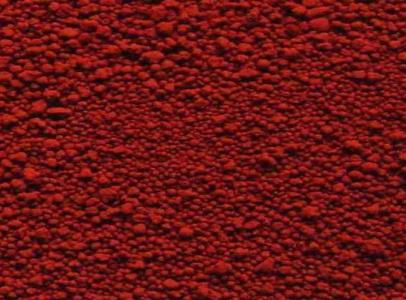Process optimization of red pigment production from Vibrio sp isolated from marine source

Department of Microbiology, Kakatiya University, Warangal, Andhra Pradesh, India.
Department of Bioengineering &Environmental Center, Indian Institute of Chemical Technology, Tarnaka, Hyderabad, AP, India
Red pigment production pattern by isolated marine Vibrio sp. was investigated. The pigment yield was estimated by measuring the absorbance at 640 nm and 535 nm and pigment production was represented as pigment produced per unit cell. The pigment production yield was influenced by several physiological and nutritional parameters of the medium. Nutritional parameters especially carbon source played significant role compared to nitrogen. Among physiological parameters, sodium chloride concentration influenced the pigment yield and noticed that 100% increase compared to other. Evaluation of different parameters that influence the pigmentation process in this isolate revealed that sodium chloride concentration, incubation temperature and mannose as carbon source are essential for improved pigmentation. However, at individual level all the parameters revealed a positive influence on pigment production however the trend varied with parameter with increase in their concentration during fermentation. While at two factor interactive level incubation temperature did not show any interactive influence with carbon source, sodium chloride and pH of the medium and showed interaction with inoculum concentration. Up on optimization of culture conditions, the pigment production yield improved to more than seven folds (i.e. >30000 pigment produced unit/cell). This study suggests the potential of this marine microbe for industrial application especially in development bioprocess for red pigment production.
Key words: Marine microbe, Vibrio sp., Red Pigment, Optimization, Bioprocess
